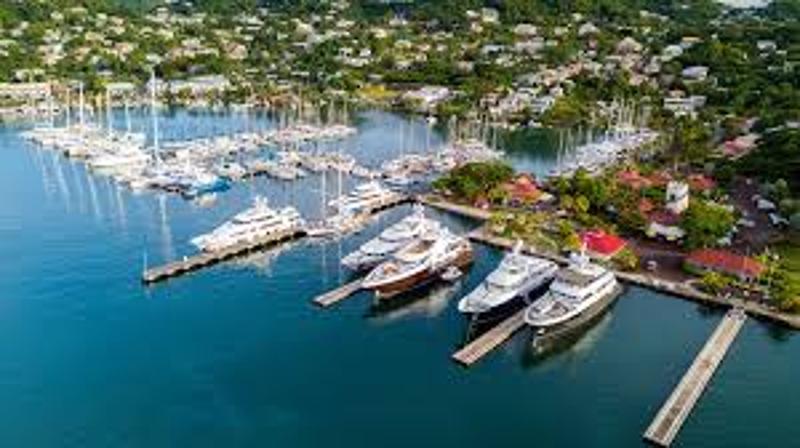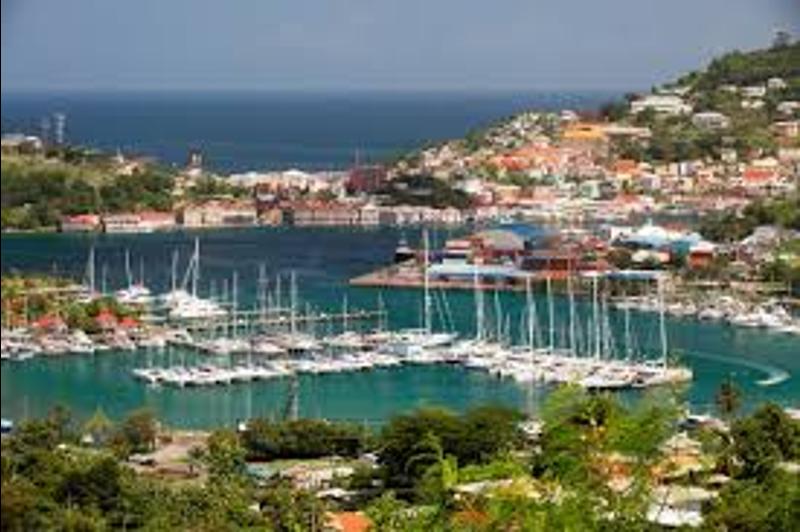Port - Louis Marina
General Data
-
Category
Ports -
Geographical Area
Atlantic France -
Latitude
Lat 47° 42' 40'' N -
Longitude
Long 3° 21' 25'' W -
E-mail Address
ports-plaisance@sellor.com -
Telephone
00 33 297 825 955 -
Telephone 2
00 33 297 654 825 -
VHF
9 -
City
Port-Louis -
Post Code
56290 -
Country
France
-
Website
https://www.ports-paysdelorient.fr -
Address
Quai de la Pointe
Features
-
Minimum Draught
2 m -
Maximum Draught
4 m -
Boat Posts
450 -
Max Boat Length
40 m
Dock Services
Fuel
Water
Energy
Slide
Slipway
Crane
Travel Lift
Toilets
Showers
Fire Services
Engine Reparations
Electric Reparations
Weather Forecast Service
Anchorage Staff
Security Staff
Scuba Divers
Description
The city of Port-Louis, formerly known as Blavet, was founded by virtue of its exceptional natural position. He inherited a privileged strategic position along with the duty to protect. In the Middle Ages, Port-Louis was used as a maritime outpost for 2 river cities: Hennebont and Pont-Scorff. It was only in 1618 that the city took the name of "Fort-Louis" and then of "Port-Louis" in honor of King Louis XIII, who wanted to build a fortified city to protect the kingdom from English, Spanish or Dutch enemies. The citadel of Port-Louis has undergone several phases of construction. They started under the direction of Jacques Corbineau, who built the walls and barracks between 1616 and 1622. Then, in 1636 (the Thirty Years' War), it was the turn of the trunks of the fenders, the ditches, the safety bar , the secret way. and the stands. The walls were built between 1648 and 1653 and surround the peninsula. In 1654, the Duke of Meilleraye founded the Madagascar Company, which would later become the Company of the East Indies. After settling in Le Havre, the company moved to Port-Louis in 1664, a prosperous period for the city. The East India Company closed its doors in 1979. During the revolution, Port-Louis took the name of "Port Liberté" and the citadel served as a prison for the Chouans. The most famous prisoner of the citadel must be Napoleon III, who spent a brief period there in the early eighteenth century. At the end of the 18th century, the economy of the sardine developed as a result of the unification of the merchants. Under the reign of Louis Philippe (1830-1848), the city experienced a resurgence with the discovery of oil-based canning methods, a technique that revived the sardine trade. The fishing of sardines and tuna, the sale of fresh fish and the construction of canneries have stimulated the redevelopment of the city. During the 20th century, Port-Louis faced competition due to the development of the Keroman fishing port in 1927. After the Second World War, activity in Port-Louis stalled until the early 1980s, during which time recreational navigation developed with the arrival and mooring of the first ships of this new era in the port. This activity continued and changed the shape of the basin until 2010, with an extension that can now accommodate 450 boats in docks.



